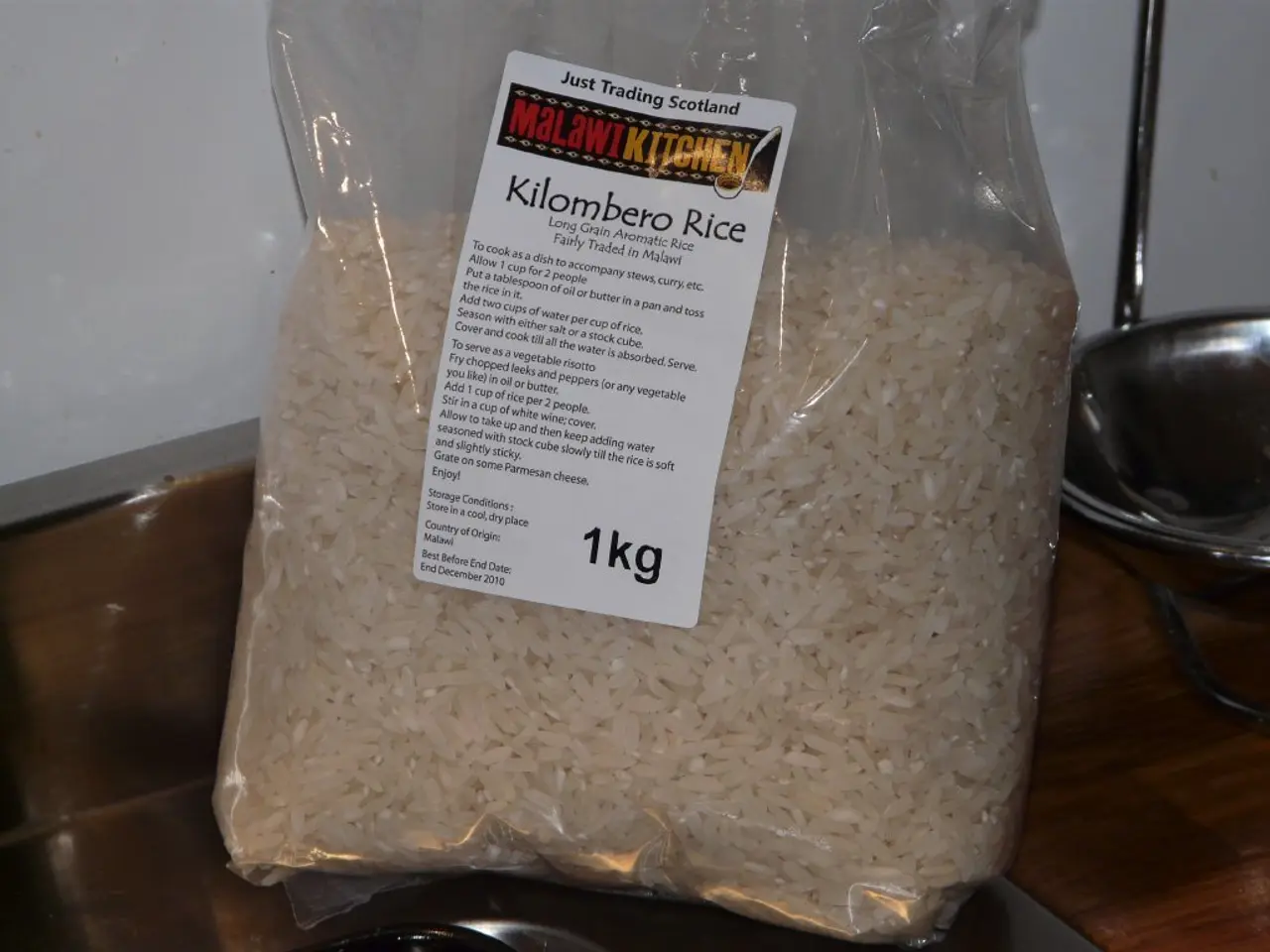Report | Pages of Power and Aesthetic Grace
Traditional Japanese Washi Paper: A Timeless Craft with Modern Innovations
Washi, a traditional Japanese paper, has been an integral part of the country's culture for over two thousand years. Originally invented in China, paper reached Japan around the seventh century from Korea, and it wasn't until the Meiji Period that it was referred to as washi to distinguish it from Western paper.
Washi is unique in its production methods, using long natural fibers and a natural mucilaginous substance called neri, which helps fibers disperse and bond, creating paper that is thin yet very strong and flexible. This organic, delicate, and translucent paper is much stronger than ordinary western paper of comparable thinness, allowing its use in various arts and functional crafts.
There are several main types of washi produced in Japan, each with unique characteristics based on the fiber source and regional production methods.
- Kozo Washi is made from the inner bark of the Kozo (paper mulberry) plant. Kozo fibers are long and strong, resulting in paper that is exceptionally strong, durable, and slightly pliable, even when thin. Its texture is somewhat fibrous, making it ideal for woodblock printing, shoji (sliding screen) paper, and calligraphy.
- Gampi Washi is characterized by its long, silky fibers, resulting in paper that is thin, translucent, smooth, and tissue-like. Gampi paper has a glossy surface and is less fibrous than Kozo paper. It is prized for its delicate texture and translucency.
- Mitsumata Washi is made from the Mitsumata shrub and is traditionally used for fine writing paper. It usually has a softer feel and is less fibrous than Kozo paper.
- Rakusui Washi is a distinctive type of washi characterized by small holes on the surface, created by a special water application method during making. It has a unique texture and appearance, with a captivating translucency when held to light.
- Regional Washi Types include Echizen Washi and Higo Kozo Washi. Echizen Washi, a historic washi from the Echizen region, is made predominantly from Kozo and is valued for its durability. Higo Kozo Washi, made from Higo kozo cultivated in specific regions, is used in traditional crafts like lanterns and paper paste art.
Innovations in washi include versions compatible with offset printing and inkjet printing, catering to modern-day demands. Present-day demand for washi includes untrimmed sheets with usable edges, as well as products like pochi-bukuro gift envelopes, writing paper, and envelopes dyed using mica and printed with shell-based gofun pigment.
Production centers like Kadoide, Awagami Factory, and Echizen continue to produce washi today, with Kadoide's washi being used in innovative ways, such as an innovative room partition by artisan Yasuo Kobayashi. The Kubota brand of Japanese sake labels are also produced using Kadoide washi.
WASARA tableware, manufactured using molded pulp primarily from fast-growing, sustainable bamboo and bagasse, maintains Japanese elegance when arranging dishes for parties and events. This blend of tradition and innovation ensures that washi continues to be a vital part of Japanese culture, both past and present.
[1] Nihon no Washi (Japanese Paper) [2] Higo Kozo Washi [3] Japanese Paper: Washi [4] Types of Japanese Paper (Washi) [5] Rakusui Washi
Read also:
- IM Motors reveals extended-range powertrain akin to installing an internal combustion engine in a Tesla Model Y
- Ford Embraces Silicon Valley Approach, Introducing Affordable Mid-Sized Truck and Shared Platform
- Future Outlook for Tesla in 2024: Modest Expansion in Electric Vehicle Sales, Anticipated Surge in Self-Driving Stock
- New York City Bids Farewell to Rideshare Services Provided by Tesla Model Y, Given the Service's Termination








